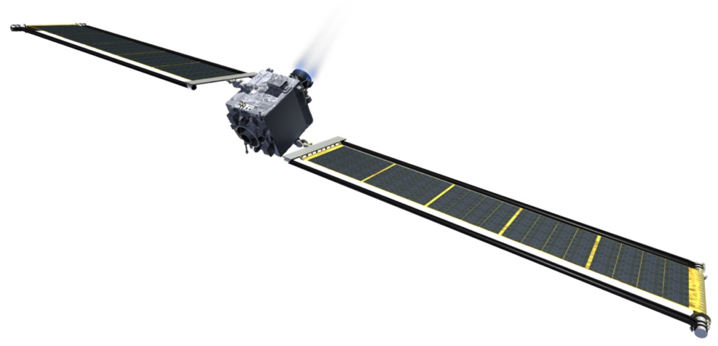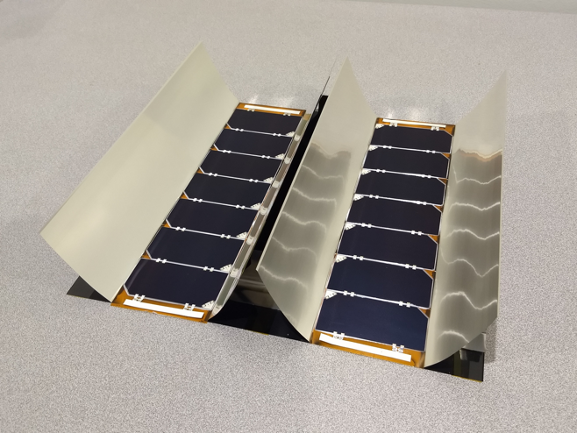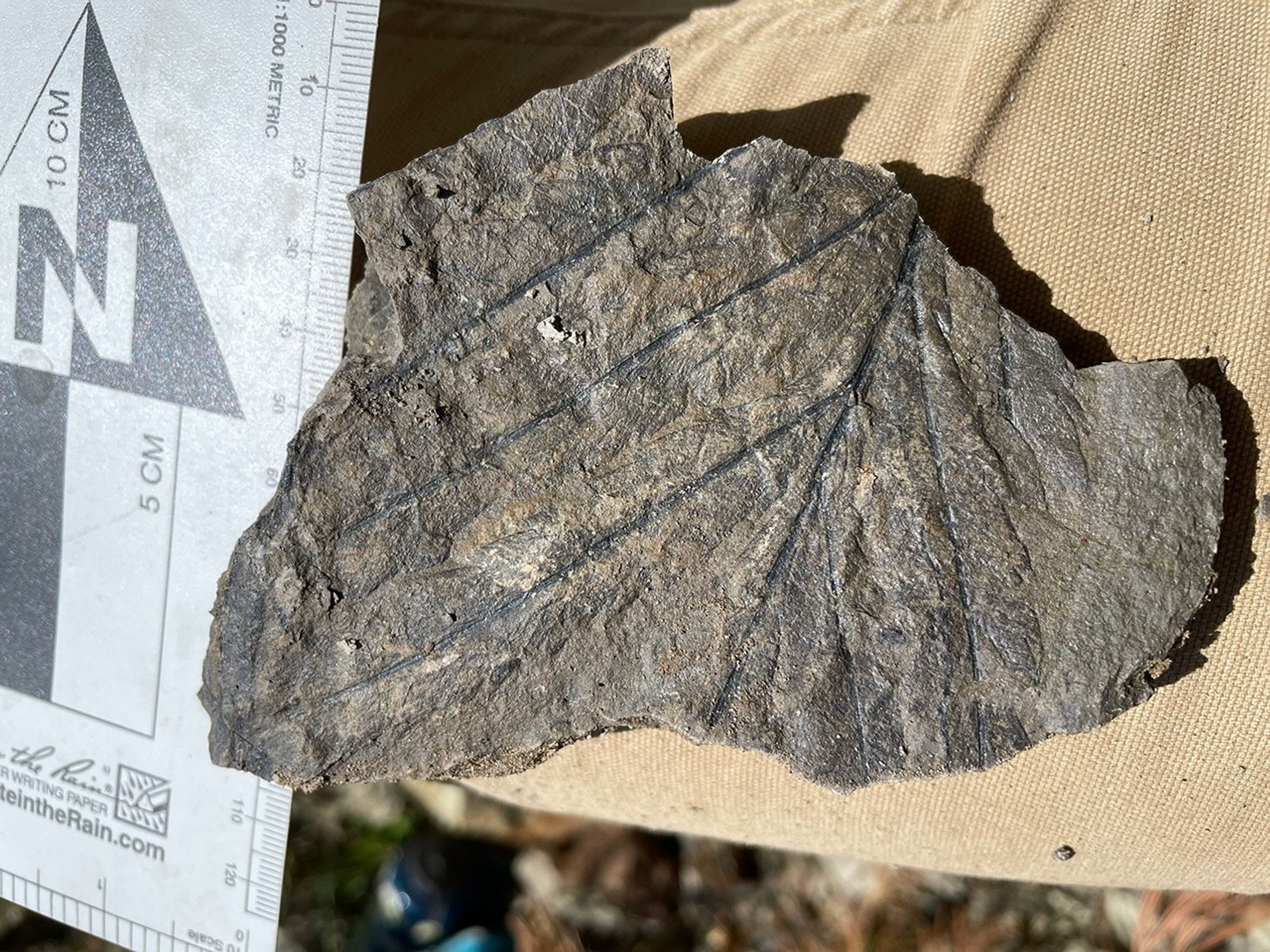4 min read
PROJECT
Extreme Environments Solar Power (EESP) Project demonstration of Transformational Array elements on DART
SNAPSHOT
The EESP Project is developing advanced solar cell and concentrator technology that will be flight-tested on the upcoming DART mission. The Transformational Array containing this new technology is designed to yield improved performance in the extreme environments encountered by missions exploring destinations like Jupiter and Saturn.

Spacecraft frequently employ solar cells and arrays to collect energy from the Sun to power onboard systems. But just like any other spacecraft system, these cells and arrays must be capable of operating in the harsh environments that their host satellite encounters. The Science Mission Directorate’s (SMD) Planetary Science Division is funding an effort conducted by the Space Technology Mission Directorate’s (STMD) Game Changing Development Program (GCDP) to develop solar cell and array technologies with improved performance in low intensity, low temperature (LILT) environments like those around Jupiter and Saturn. Near Jupiter, such systems will also face the challenge of a high radiation environment. SMD is designing spacecraft powered by photovoltaics to better understand Jupiter, Saturn, and their moons. GDCP’s Extreme Environments Solar Power (EESP) Project is working to ensure longer life and more available power to these missions.
The Johns Hopkins University Applied Physics Laboratory (APL) partnered with Deployable Space Systems (DSS), newForge Technologies, and SolAero Technologies to develop a Transformational Array (TA), which includes advanced solar cells and pop-up concentrator elements that are radiation tolerant and help mitigate the LILT effects. LILT environments have been shown to cause performance degradation of the power output of the solar array, as verified by ground-based testing. The effect is variable from cell to cell and affects the reliability of accurately predicting solar array performance throughout the life of a mission.
The TA consists of alternating rows of solar cells and reflective pop-up concentrators. When stowed for launch, the concentrators lie flat, overlapping each other, and the solar array blanket is rolled up around a mandrel. As the array deploys, the curved concentrator elements pop up with the help of kick-up springs under each element, reflecting the light that hits them onto the solar cells, and increasing the light intensity on the cells. The increase in intensity also results in an increase in operating temperature, which helps to offset some of the LILT impacts.
APL is also partnering with DSS and SolAero to develop the Double Asteroid Redirection Test (DART)—a mission to demonstrate a kinetic impactor technique. DART’s goal is to use this technique to change the trajectory of Didymos (65803), a binary near-Earth asteroid.

The TA and the DART solar array both use the Roll Out Solar Array (ROSA). This power system structure commonality presents an opportunity to perform a flight test of the TA solar cells and concentrator elements in a near-Earth application. Demonstrating the TA near Jupiter would be ideal, but this near-Earth test on DART will provide useful data to validate the technology and prove the deployment of the pop-up concentrators.

A TA test article will replace one of the solar cell modules on each wing of the DART solar array system. The demonstration will allow determination of the operational performance on deployment and during the duration of the DART mission. Since any solar array traveling to Jupiter or Saturn (or their moons) would need to start operating near Earth, the DART demonstration is an excellent opportunity to show how the technology would work.
The EESP Project, managed by NASA Glenn Research Center, was responsible for the overall TA technology development. The goal of this effort was to support future SMD missions to locations between 5 and 10 astronomical units from Earth, including Jupiter and Saturn and their moons, as well as the Trojan and Greek asteroids. These technology developments have increased solar cell conversion efficiency and improved power electronics, enabling solar power to become more useful for missions at ever increasing distances from the Sun.
PROJECT LEAD
Frederick Elliott, NASA Glenn Research Center
SPONSORING ORGANIZATION
SMD Planetary Science Division in conjunction with STMD GCDP







